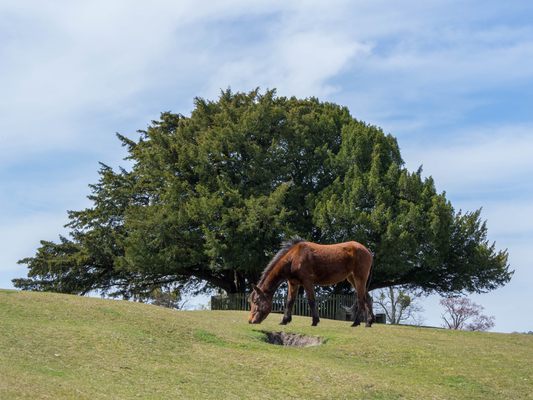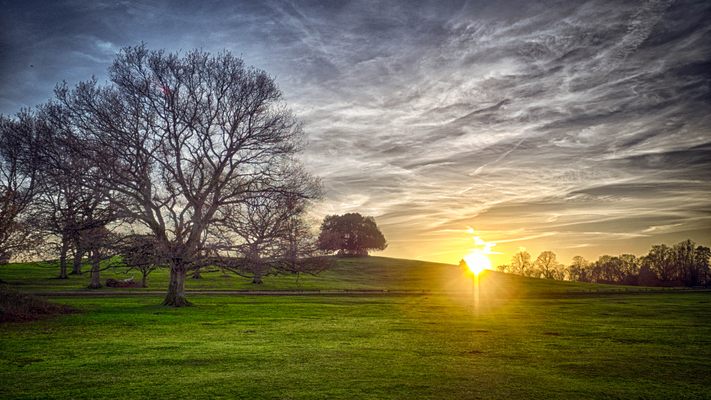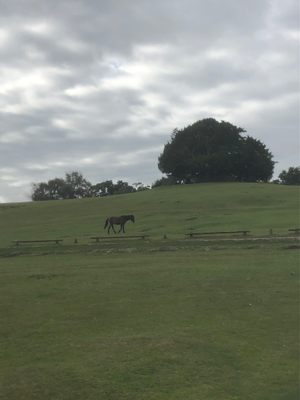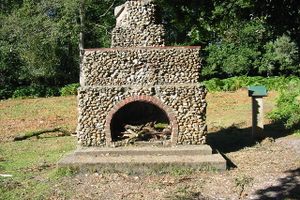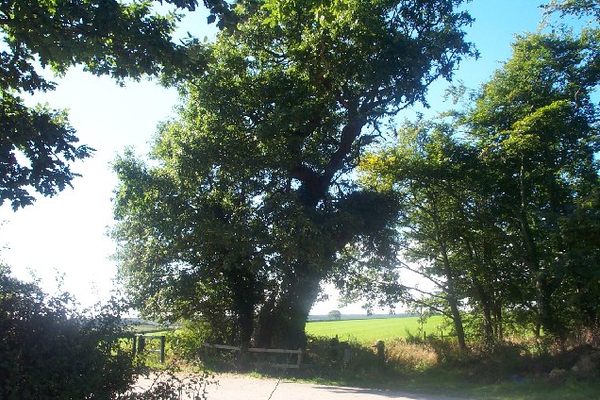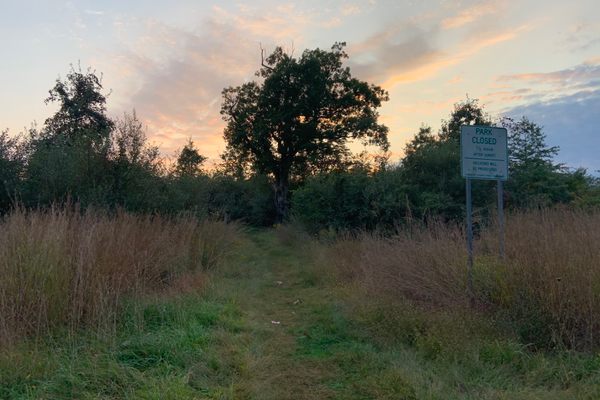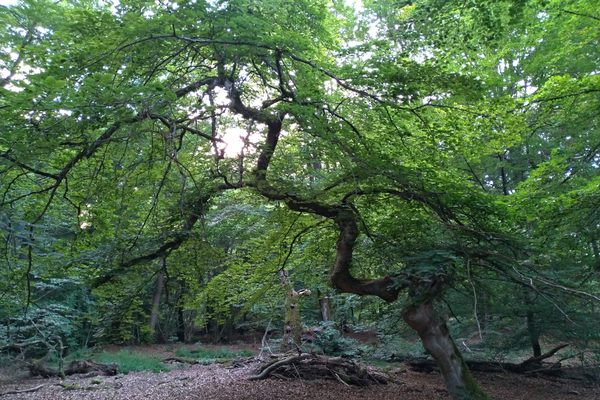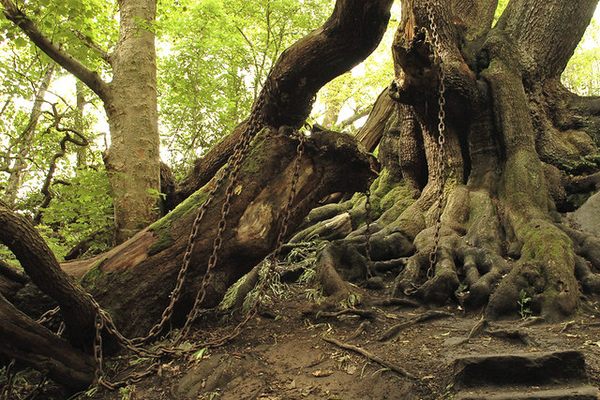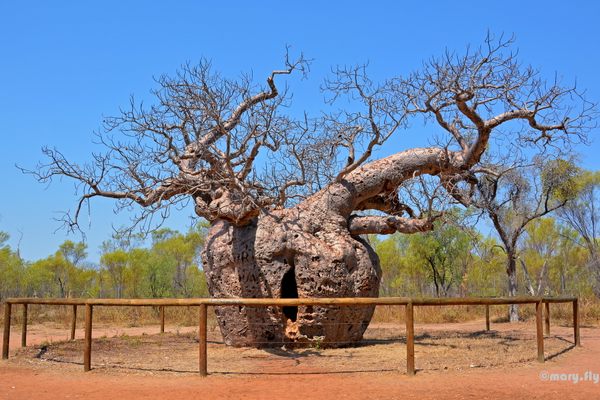About
The legend of the Bisterne Dragon, just one of England’s many dragon-centric folktales, has been recounted since the early 17th century—though it likely dates back even earlier.
According to the tale, a massive dragon terrorized the hamlet of Bisterne until one valiant knight, Sir Maurice de Berkeley, offered to help. In the hopes of slaying the dragon, the knight hid with his hounds, waiting to attack the creature when it crept out to steal its daily dose of milk. Upon being ambushed, the dragon fled—the knight and his hounds following in hot pursuit. They finally defeated the Bisterne Dragon outside the village of Lyndhurst, where the beast toppled to its death, forming the knoll now known as Bolton's Bench.
Though Sir Maurice and his hounds had won, the defeat came at a cost. Consumed by the toilsome deed, the knight wandered aimlessly for a month before returning to Lyndhurst, where he died upon the very hill that arose from his fantastical foe. His bow, which was made of yew-wood, fell onto the grass beside him and took root, eventually growing into a mighty tree.
Whether or not you believe the legend, a yew tree still stands atop Bolton's Bench, overlooking the village of Lyndhurst. Nowadays, much gentler creatures roam the grassy knoll; it's not uncommon to spot wild horses passing through. What remains a mystery to this day is who, or what, lies beneath the storied soil.
Related Tags
Know Before You Go
Bolton's Bench is a five-minute walk from the center of Lyndhurst.
To the east of the village, immediately off Beaulieu Road is a car park marked for the Bench. Parking is free.
To get to the top requires a gentle climb up a grassy slope, although it is easily viewed from the war memorial.
Published
June 23, 2020
